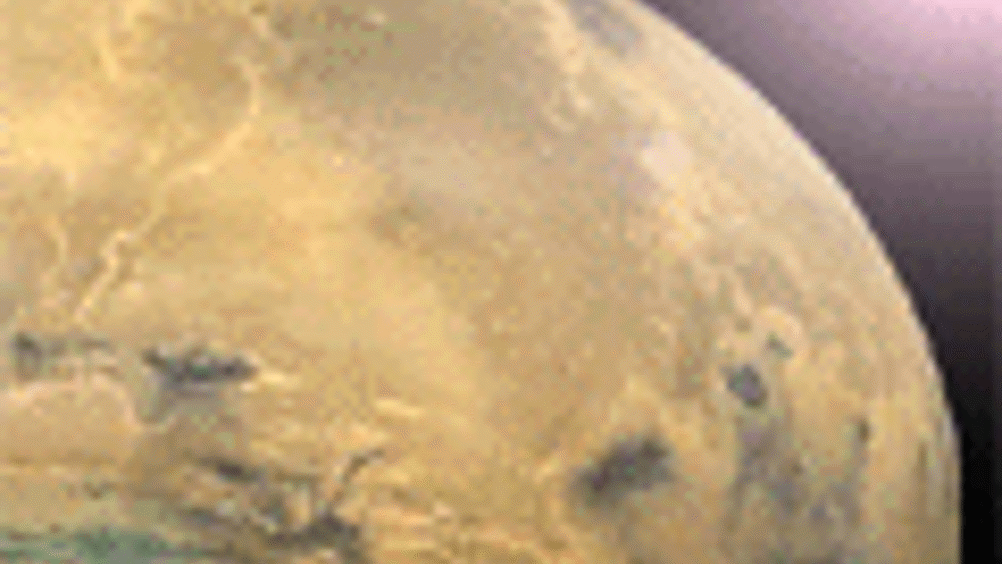Spitzer looks for life on Mars

NASA's Spitzer Telescope recently utilised technology developed by Goodrich Corporation to capture enough light from planets outside our solar system to identify the molecular make-up of the planets' atmospheres. These findings could lead to the ability to detect possible life on the planets.
Goodrich's Electro-Optical Systems team, headquartered in Danbury, Connecticut, manufactured the beryllium optics and telescope structure for the Spitzer telescope.
The Spitzer Space Telescope (formerly known as SIRTF the Space Infrared Telescope Facility) was launched into an earth-trailing solar orbit in 2003. Its primary mission is to obtain images detecting infrared energy, or heat, radiated by objects in space.
Extreme operating temperatures led to the design of an all beryllium telescope system. Goodrich's contribution included the design and manufacture of a primary mirror 0.8 metres in diameter, and a novel central telescope tower for the secondary mirror assembly support.
Goodrich's primary mirror optics and structure weigh 28kg, enabling the observatory to carry more liquid helium coolant, extending the mission life of the telescope.
Register now to continue reading
Thanks for visiting The Engineer. You’ve now reached your monthly limit of news stories. Register for free to unlock unlimited access to all of our news coverage, as well as premium content including opinion, in-depth features and special reports.
Benefits of registering
-
In-depth insights and coverage of key emerging trends
-
Unrestricted access to special reports throughout the year
-
Daily technology news delivered straight to your inbox










Pipebots Transforming Water Pipe Leak Detection and Repair
Fantastic application.